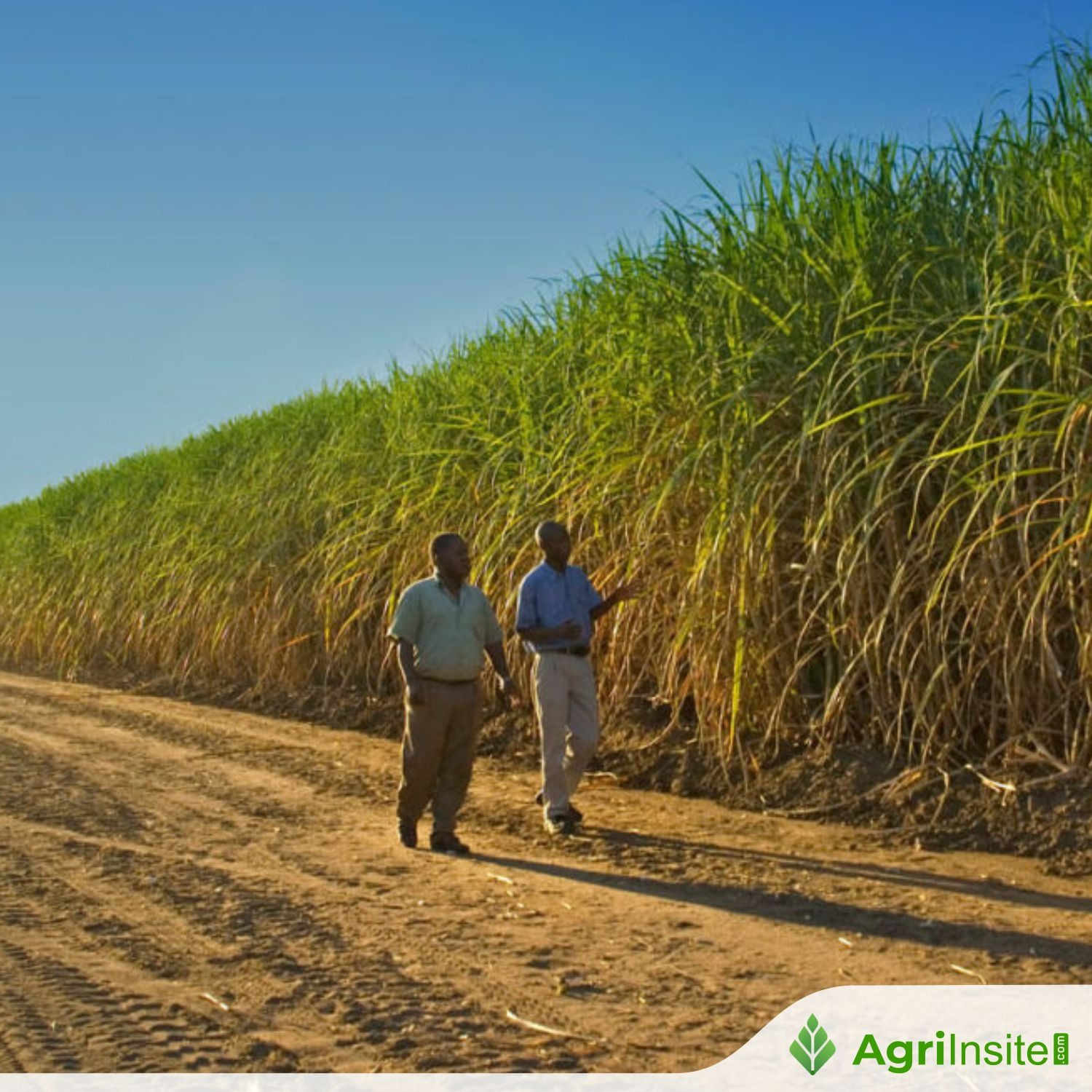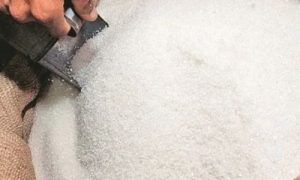USA : Sugarcane suffers from Hurricane Francine, but the season isn’t over yet

In southern Louisiana, kids mark time by hurricanes and sugarcane variety releases, as noted by Kenneth Gravois. Hurricane Francine, a mid-size storm, struck on September 11, causing lodging in some sugarcane fields. While 75% of the industry remained unaffected, harvesting costs may rise. The 2024 acreage is projected at 520,000, with ongoing hurricane risks complicating the harvest.
Kids growing up on farms in southern Louisiana date themselves according to hurricanes and sugarcane variety releases, Louisiana State University sugarcane specialist Kenneth Gravois jokes. 2024 will be known as the year of Hurricane Francine, and hopefully only Francine, as sugarcane producers race tropical storm season to finish out harvest with minimal crop damage.
Hurricanes are not a new obstacle to sugarcane production. The very nature of a tropical crop both harvested and planted during hurricane season demands hardiness.
“That’s why they plant sugarcane on the Gulf Coast. It’s a resilient crop,” Gravois said. “It’s one of the few crops where you’re just relying on the vegetative structure.”
Small impacts, significant for some
Hurricane Francine made landfall Sept. 11 near Morgan City, La. As a Category 2, the hurricane landed as a mid-size storm.
“It wasn’t the worst, and it wasn’t the smallest storm, so kind of an average storm,” Gravois said. “Seventy five percent of our industry was unaffected, but for the 25% that was, they’re having to deal with it.”
A general rule of thumb for assessing sugarcane damage from hurricanes is that farms within 50 miles of the eye of the storm will see a 10% to 20% yield loss, Gravois said. The force of the winds and storm surges cause the bulk of storm-related damage.
“It does what you expect a hurricane to do. It lodged the crop,” Gravois said. “Sugar cane lodges in many places across the world, and it’s not the end of the crop.”
Kenneth Gravois stands in front of a sugarcane field near Saint Gabriel, La. prior to Hurricane Francine’s landfall on Sept. 11. (Photo by Kenneth Gravois.)
At Gravois’s family farm in St. James Parish, the crop lodged as expected. After lodging is where the genetics of a sugarcane variety developed for Louisiana really shine.
Local sugarcane varieties have a small meristem that can point upward to receive sunlight and continue growth after the crop has lodged, despite the plant itself lying flat.
“We don’t want a lot of leaf shedding, and we don’t want the tops to break off. If the tops break off, that’s the end of growth,” Gravois said. “We have dropped varieties from our breeding program over time if the tops break a lot.”
Because sugarcane varieties are engineered with lodging in mind, so too are sugarcane harvesters, allowing farmers to continue crop progress with little downtime.
“We have sugar cane combines that can harvest this stuff,” Gravois said. “It’s twisted, it’s a little bit of a mess, but it can be harvested.”
The challenge of harvesting a lodged crop is all in time and money.
“It will increase harvest costs. You’ll have to go slower to do the same job. than if the cane were standing up straight,” Gravois said. “In the most affected areas, we’ll see some yield loss, but increased harvesting costs. A drier harvest season will mitigate that to an extent, but the weather after the storm will really dictate how things go on from here.”
Planting and crop progress
Sugarcane is typically planted in the fall as stalks in-furrow and acts as a perennial that can be harvested for another four to five years before replanting needs to occur. When Hurricane Francine hit, planting statewide was about 90% complete, Gravois said. Two weeks later, farmers had completely finished planting.
Likewise, the sugarcane crop itself was nearing completion.
“All year long, people have commented that the crop seemed to be three to four weeks ahead of schedule compared to a normal year, and then hurricane happened in mid-September versus late August,” Gravois said. “Our yield, our tons of cane per acre was pretty advanced.”
The quick-completing varieties, by design, address growing climate challenges as well as processing limitations.
“Cane is still growing right now, so we’re harvesting some fields that if left could put on a little bit more yield potential. But we have to start early, because we’re a growing industry,” Gravois said. “Sugarcane is the number one valued row crop in Louisiana – it’s not cotton, it’s not wheat, corn, or soybeans, it’s sugar cane.”
Acreage in Louisiana was projected to be around 520,000 in 2024, an increase from 2023 that’s putting a real pinch on processing capacity, Gravois said. Adding to the challenge, yields are also anticipated to increase in 2024.
“2023 was kind of a horrendous year, thanks to severe drought. It was a tough year for the industry with dry weather, and a tropical crop. A big stalk of sugarcane needs lots of water,” Gravois said. “This year, we’ve had good spring weather. We could cultivate the crop like we wanted. We had timely rains. And I think the biggest challenge we’ve had to deal with is Hurricane Francine.”
Challenges ahead for sugarcane season
While damage from Francine was significant for those in its path, the majority of Louisiana sugarcane farms escaped unscathed for now. Dry weather following Francine has helped hurry harvest progress and increased hopes for a strong season, barring any other weather changes.
“It’s hurricane season through the month of October, so we’re definitely not out of the woods yet,” Gravois said. “We don’t stop harvest in Louisiana if we get rain. And why don’t we stop? Because there’s always a threat of a freeze on the back end.”
There are only 11 sugar cane mills in the state of Louisiana, which extends harvest and grinding through the month of January, making the threat of a freeze or hurricane interference sincere. If another hurricane or significant rain event occurs before the end of grinding season, the whole process becomes enmired in mud.
“Harvesting under muddy conditions is inefficient. You bring more mud into the factory, and that slows the processing down,” Gravois said. “It increases the sucrose losses during processing because you can get the mud out of the cane, but it tends to grab a little bit of sucrose with it as well. We just vote not to have any more storms for the rest of the year.”
Source Link : https://www.farmprogress.com/crops/sugarcane-suffers-from-hurricane-francine-but-the-season-isn-t-over-yet
















